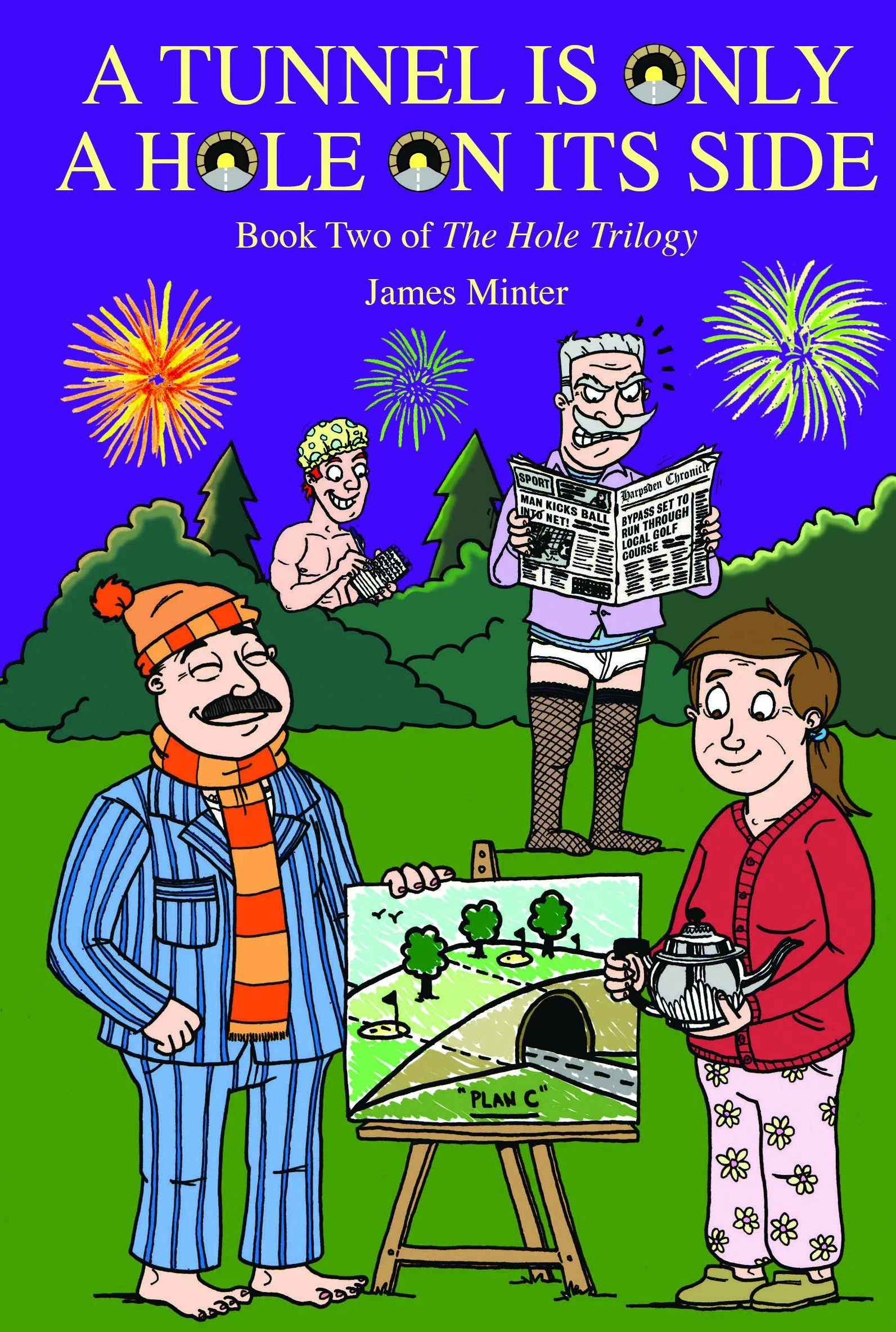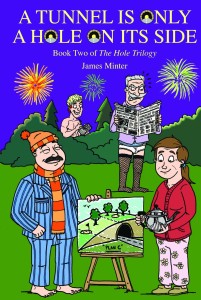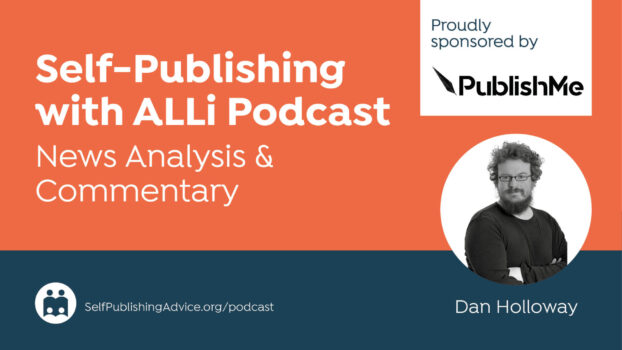British self-published author James Minter, who now writes from his new home in France, offers advice on how to find a cover illustrator, using experience gained from sourcing covers for his comic novels.
No one doubts the importance of eye-catching covers for both print and ebooks. We are visual creatures. We are drawn to shapes and colours, and how they combine to form appealing images (or shocking, revolting, calming) depending on the emotion the author is trying to elicit.
My books are in the British humour/satire genre and in particular in the style of Tom Sharpe. His covers have always appealed to me. He uses caricatures of his protagonist with significant other cast members, plus buildings or settings drawn from the story to form a montage. The significance of the illustrations may not be immediately clear, but still they draw you in. As the plot unfolds, their relevance becomes obvious. So he hooks you with an intriguing image – in effect to lift the book from the shelf, before using the back cover blurb to entice you to buy.
His approach worked for me – I’ve read most of his books – so I wanted to find someone who could replicate this method.
Which Type of Artist?
In my mind there are two types of artist – those that copy, and those that draw on their imagination to create unique images. I sought the latter. Knowing I needed a great cover, and knowing I liked Tom Sharpe’s – his illustrator, Paul Simple, did a masterful job and one I wanted to emulate – my search was on.
To find my Paul Simple, I googled for illustrators: I found www.freelanceuk.com. Having placed a free advert, I received 30 plus emails from potential candidates within a couple of days.
I now had a new problem: how to choose one from all these responses. I had to define a way of filtering out who was right for me.
Of course all respondents said how great they were and what a great job they could do, and included a link to their website and examples of their work. Overwhelmed, I viewed some pretty amazing drawings – futuristic creatures, settings, beings with swirls of colour, bazar features and haunting looks. But I was no further forward, just in awe of these very talented people. I felt out of my depth: not qualified to say one was better than another in any way, other than gut feel. I felt this was a shortcoming on my part; I’m not qualified to critically evaluate their work. I write, not draw.
How To Choose Between Candidates
I wanted to be fair to them and to myself. I constructed a single response email to be sent to each candidate with an extract of a number of key paragraphs/scenes from my manuscript. In addition, I added a synopsis of the story, time and financial constraints – I was looking to publish in a couple of months and I’m a poor self-published author – and I wanted a CV of similar/relevant work. In the body of the email, I made it clear this wasn’t a one-off. I was looking to work with my illustrator for the longer term and to build a relationship.
I fired off all responses on the same day with the aim of seeing who would come back to me, how long they took, the care they put into their response, their charges, and of course, how they’d interpreted the manuscript sample in their example sketches.
This was a very telling exercise: my initial 30 dropped to four responses within a week of my request – my cut-off point. It was then a case of comparing like for like. They’d all had the same brief which made it easier for me to compare and contrast their illustration skills, ability to interpret my story, their communication skills and charges.
Paul Shinn of www.paulshinndraws.com fulfilled my requirements. He had worked full-time as an in-house Designer at a book publisher in London, producing page layouts and cover designs for a range of art books and exhibition catalogues. He’d been working there for four years since graduating with a BA in Typography & Graphic Design. Wanting to pursue something more creative, he left to do a full-time MA course in Illustration before start work as a freelance Illustrator.
For me, he has publishing experience, technical knowledge of typography and graphic design, is well educated in his craft, can draw from his imagination and, as he was starting out on his own, he was hungry for work. He got the job.
The Results
Paul has now done four covers for me, and each time the process is the same. Once I have a reasonable draft, I email it to him. I’ve never met Paul; all our dealings are over email. He reads and extracts what he believes are the salient images from the story, then drafts the different elements as pencil sketches before emailing back to me. Following email ping-pong we arrive at a working cover. He prepares all the artwork for the printer understanding things like bleeds, colour separation, image resolution, jpegs, tiffs and pdf formats, so making my life much easier.
If you use an illustrator, how did you find them? What are your top tips for choosing the best artist? Please feel free to share via the comments box.







The ALLi website has a list of designers and illustrators. I chose Rachel Lawston (https://twitter.com/lawstondesign) who has done excellent work for me.
[…] Here are some thoughts on the crucial subject of book cover design. […]